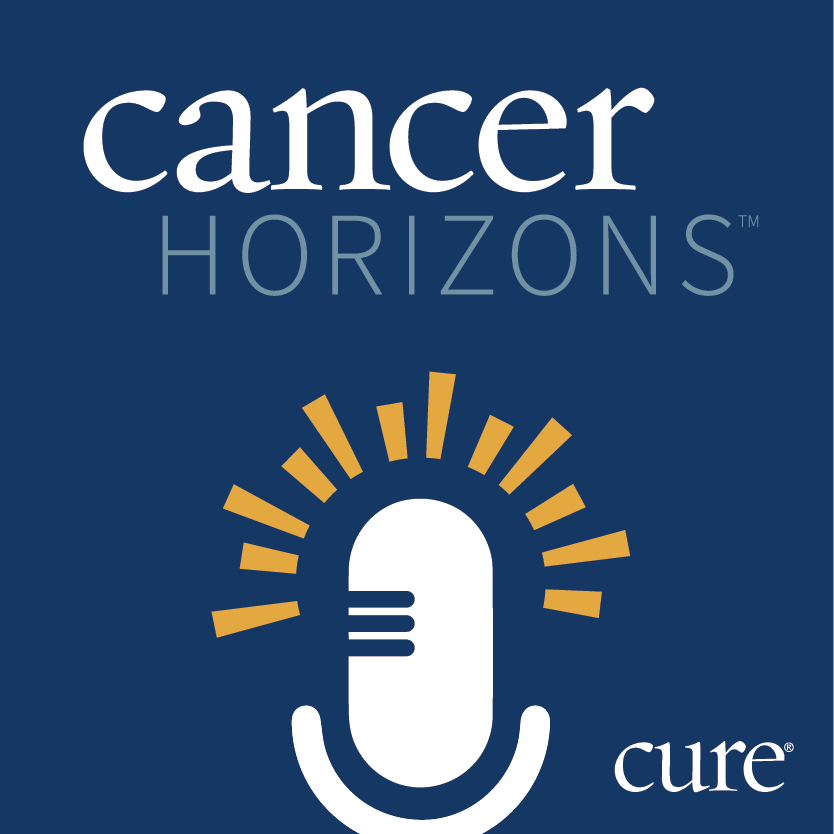Among patients with previously untreated locally advanced or metastatic urothelial carcinoma, frontline treatment with Padcev (enfortumab vedotin-ejfv) plus Keytruda (pembrolizumab) continued to show superior efficacy over chemotherapy, including sustained progression-free survival (PFS) and overall survival (OS) benefits and durable responses, study results have shown.
Updated findings from the phase 3 EV-302/KEYNOTE-A39 trial presented during a rapid oral session at the 2025 ASCO Genitourinary Cancers Symposium indicated that at a median follow-up of 29.1 months, the doublet (442 patients) led to a median PFS of 12.5 months versus 6.3 months with chemotherapy (444 patients). The 12- and 24-month PFS rates with Padcev plus Keytruda were 51.4% and 37.1%, respectively; with chemotherapy, these rates were 21.7% and 12.6%.
The doublet also resulted in a median OS of 33.8 months versus 15.9 months with chemotherapy. The 12-month OS rates in the respective arms were 77.7% and 61.1%; at 24 months, these rates were 60.1% and 35.4%.
“After 2.5 years of median follow-up, we continue to show a compelling benefit for [Padcev] and [Keytruda] over chemotherapy,” Dr. Thomas B. Powles, said in a presentation of the data. “Median OS is 34 months, [which] I think is unprecedented compared with what we saw before. The frequency of treatment-related adverse effects [TRAEs] is consistent with what we saw previously…These data reinforce [Padcev] and [Keytruda] as the new standard of care in frontline urothelial cancer.”
Glossary:
Progression-free survival: the time a patient lives without their disease spreading or worsening.
Overall survival: the time a patient lives, regardless of disease status.
Objective response rate: patients who responded partially or completely to treatment.
Duration of response: how long a patient responds to treatment.
Complete response: the disappearance of cancer.
Powles is a professor of genitourinary oncology, lead for Solid Tumor Research, and director of Barts Cancer Centre at St. Bartholomew’s Hospital, Queen Mary University of London, in London.
Participants were randomized to receive Padcev at 1.25 mg/kg on days 1 and 8 and Keytruda at 200 mg on day 1 for 3 cycles versus chemotherapy in the form of cisplatin or carboplatin plus gemcitabine for a maximum of six cycles. Treatment continued until progressive disease by blinded independent central review (BICR), clinical progression, intolerable toxicity or the maximum cycles had been completed.
Data from the primary analysis showed that treatment with the doublet led to a median PFS of 12.5 months, compared with platinum-based chemotherapy, at 6.3 months. Moreover, the median OS with Padcev plus Keytruda was 31.5 months versus 16.1 months with chemotherapy.
These data supported the FDA’s decision to convert the accelerated approval of Padcev plus Keytruda in patients with locally advanced or metastatic urothelial cancer into a regular approval in December 2023. The regimen has also been approved on a global scale, including in Japan and Canada. “It resulted in transformative care across the world,” Powles noted.
Diving Into the Updated Data
The data cutoff date for the current analysis of the study was Aug. 8, 2024. With 29.1 months of median follow-up, 12% of patients on the doublet arm were still receiving treatment versus no patients on the chemotherapy arm. Moreover, 49% of those in the investigative arm versus 30% of those on the control arm remained on study.
Notably, the PFS benefit derived with Padcev plus Keytruda over chemotherapy proved to be consistent across prespecified subgroups, irrespective of primary disease site of origin, liver metastases, PD-L1 expression, platinum eligibility, presence of metastatic disease and renal function.
The same was true for OS benefit. “Again, the benefit is seen across these subgroups of patients; it doesn’t matter about platinum eligibility, liver metastases, PD-L1 expression, sites of metastatic disease, upper tract disease or performance status,” Powles noted.
Notably, the survival benefit achieved with the doublet was consistent with the overall population irrespective of cisplatin eligibility. In cisplatin-eligible patients, Padcev plus Keytruda (244 patients) led to a median OS of 36.7 months versus 18.7 months with chemotherapy (234 patients). In those not eligible for cisplatin, the median OS with the doublet (198 patients) and chemotherapy (210 patients) was 25.6 months and 12.7 months, respectively.
The confirmed objective response rate (ORR) in the investigative arm was 67.5% versus 44.2% with chemotherapy. The median duration of response (DOR) with the doublet was 23.3 months versus seven months with chemotherapy. The 12-month DOR rates with the doublet and chemotherapy were 67.5% and 35.1%, respectively; the 24-month rates were 49.4% and 24%.
“We were able to start looking at things like DOR because of the extended follow-up, and here, we show that among the responders, the probability of maintained response at two years was 50%,” Powles said. “Remember, it’s important to recognize that about 70% of these patients are responding, and they maintain their response at two years. In my opinion, I think that’s transformative. We also showed that 30% of patients had complete response [CR], which, again, was unprecedented in this setting.”
When taking a closer look at the duration of confirmed CR (cCR), they found that the probability of maintained CR at 24 months was 74.3% with Padcev plus Keytruda versus 43.2% with chemotherapy.
Powles concluded by noting that with an additional one year of follow-up, the toxicity profile of the doublet remained consistent with prior reports. No new safety signals were observed, and the frequency and grade of treatment-related side effects were consistent with what was shared in the primary analysis of the trial.
Reference:
“EV-302: Updated analysis from the phase 3 global study of enfortumab vedotin in combination with pembrolizumab (EV+P) vs chemotherapy (chemo) in previously untreated locally advanced or metastatic urothelial carcinoma (la/mUC),” By Dr. Thomas B. Powles et al., Journal of Clinical Oncology.
For more news on cancer updates, research and education, don’t forget to subscribe to CURE®’s newsletters here.





